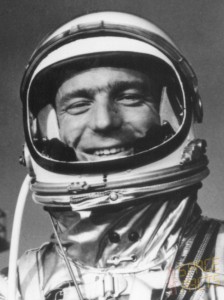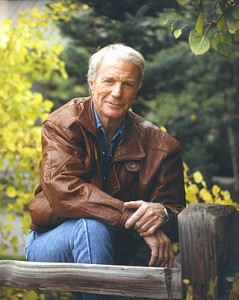NASA Mercury 7 astronaut Scott Carpenter, who in May 1962 became the second American to orbit the Earth, died Thursday. Carpenter, 88, was hospitalized in his home state of Colorado after suffering a stroke in September.
The multi-dimensional Carpenter launched into space only once on a three orbit near five hour mission, after backing up Mercury 7 colleague John Glenn. Glenn put America into orbit, catching up with the former Soviet Union, space three months earlier.
Carpenter, standing by as Glenn’s backup, is remembered for saying “God Speed, John Glenn,” as his U. S. Marine colleague lifted off on a closely followed historic spaceflight that helped the U. S. catch and eventually pass the Soviet Union in a Cold War race to the moon.
Born May 1, 1925 in Boulder, Colo, Carpenter went on to become a U. S. Naval aviator, serving in the Korean War, and then as a military test pilot before his selection as one of the nation’s first astronauts.
Though he launched into space only once, on May 24, 1962, Carpenter went on to distinguish himself as an undersea explorer, an author and a broadcast network commentator who helped a wide audience understand the risks and significance of the Cold War moon race.
Carpenter was announced as one of the original seven Mercury Astronauts on April 9, 1959, standing along side Glenn, Alan Shepard and Gus Grissom, the nation’s first and second space travelers.
Carpenter piloted the Mercury’s Aurora 7 spacecraft through three revolutions of the earth, soaring to 164 miles. The spacecraft landed in the Atlantic Ocean about 1000 miles southeast of Cape Canaveral after just under five hours in orbit. Carpenter spoke descriptively of what he saw of the Earth from orbit, setting a tone for future space travelers from every nation.
After his flight, Carpenter took a leave of absence from NASA to join the Navy’s Man-in the-Sea Project, serving as an aquanaut in the SEALAB II program in 965. During the 45-day experiment, Carpenter spent 30 days living and working on the ocean floor. He was team leader for two of the three ten-man teams of Navy and civilian divers who conducted deep-sea diving activities in a sea floor habitat at a depth of 205 feet.
Carpenter returned to NASA as an assistant to the Johnson Space Center director. He participated in the design of the Apollo lunar lander module and in establishing underwater diving as an enduring training technique for astronaut spacewalks.
Carpenter returned to the Navy for active duty before retiring in 1969.
As a retiree, he went on to pursue business interests, while championing future undersea exploration.
Carpenter proved an able writer as well, penning a pair of underwater techno-thrillers, The Steel Albatross and a sequel, Deep Flight. He joined his daughter to co-author a memoir, For Spacious Skies.


